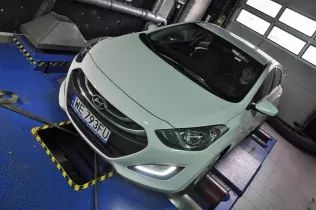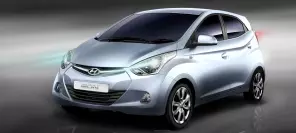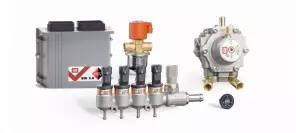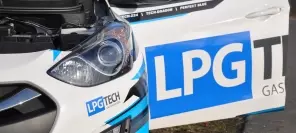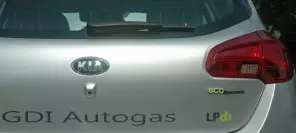- Main page
- Search
- Up to date
- Products
- Technology
- Vehicles
- Video
- Conversion Payback Simulator
Port Injection - Conversion Payback Simulator
Direct Injection - Conversion Payback Simulator
Diesel - Newsletter
Hyundai i30 ecoLPG - exceptionally average
- Home page
- Up to date
- Reportages, interviews, road tests
- Road tests
- Hyundai i30 ecoLPG - exceptionally average
« Powrót
 loading results...
loading results...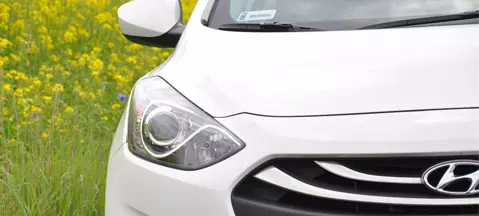 © gazeo.com
© gazeo.com 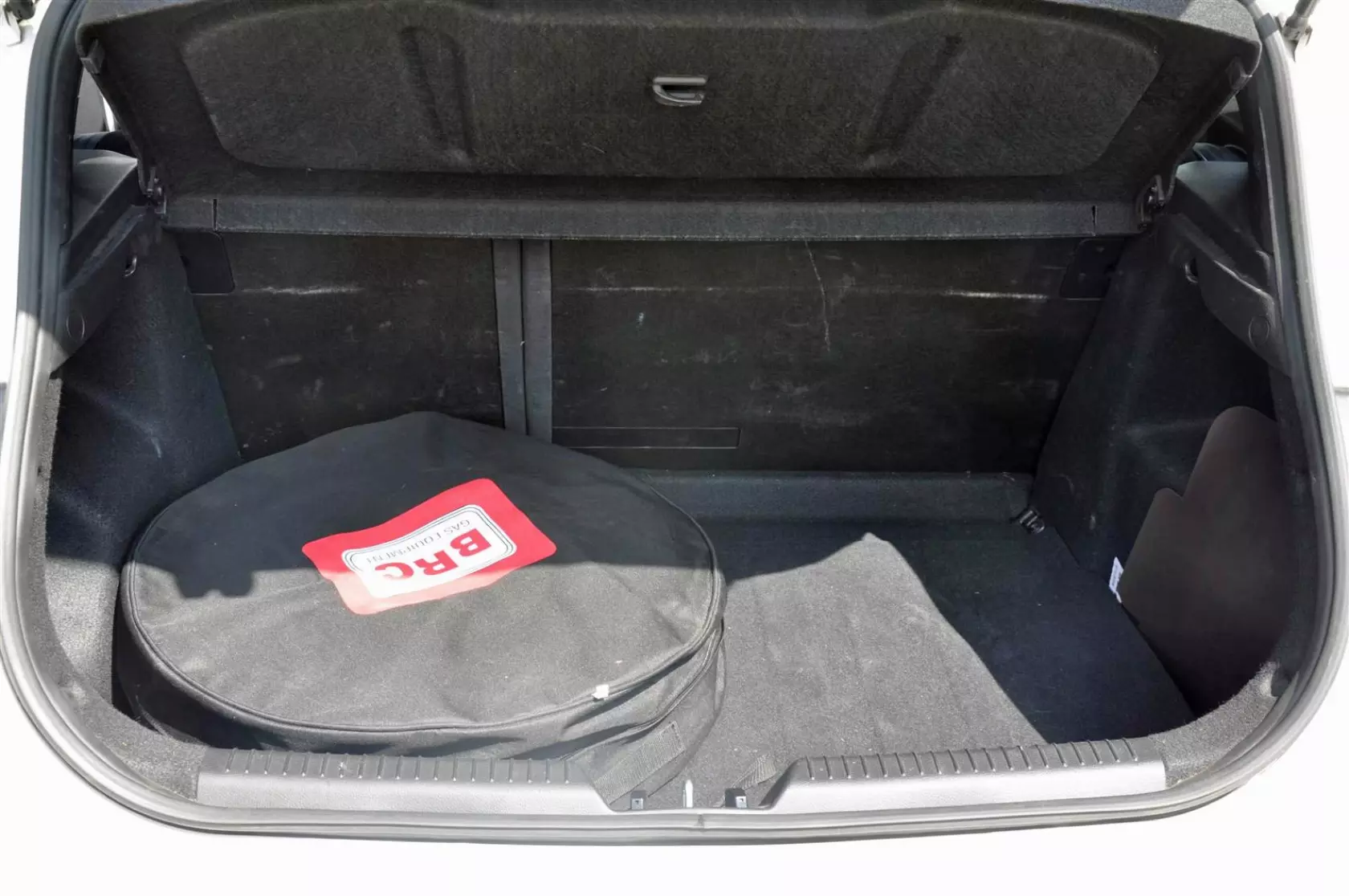 The car is not made of rubber - since the spare wheel recess is taken up by the LPG tank, the wheel itself is in the trunk
The car is not made of rubber - since the spare wheel recess is taken up by the LPG tank, the wheel itself is in the trunk 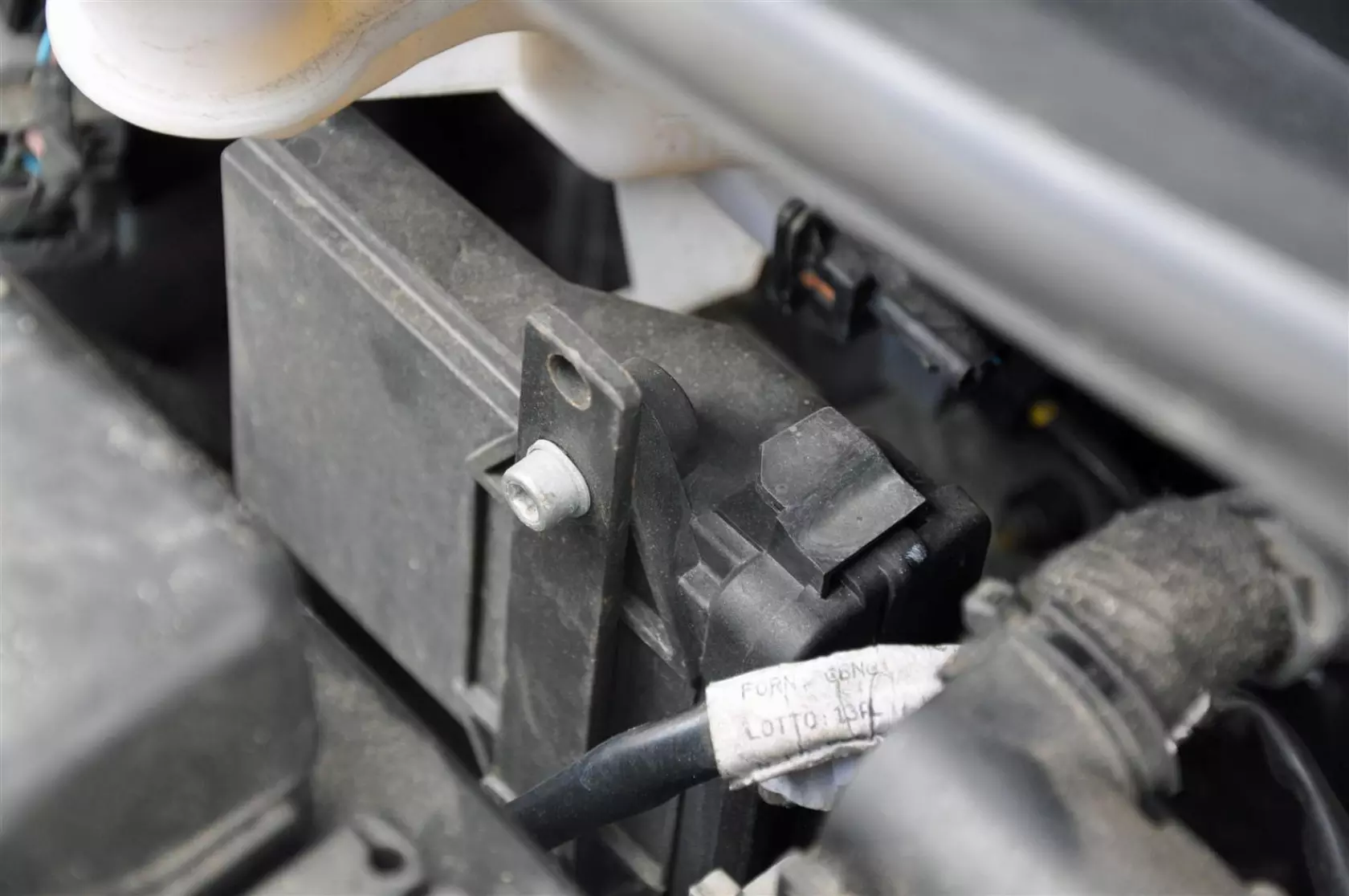 The autogas system ECU is hidden behind the battery, pretending not to be there...
The autogas system ECU is hidden behind the battery, pretending not to be there... 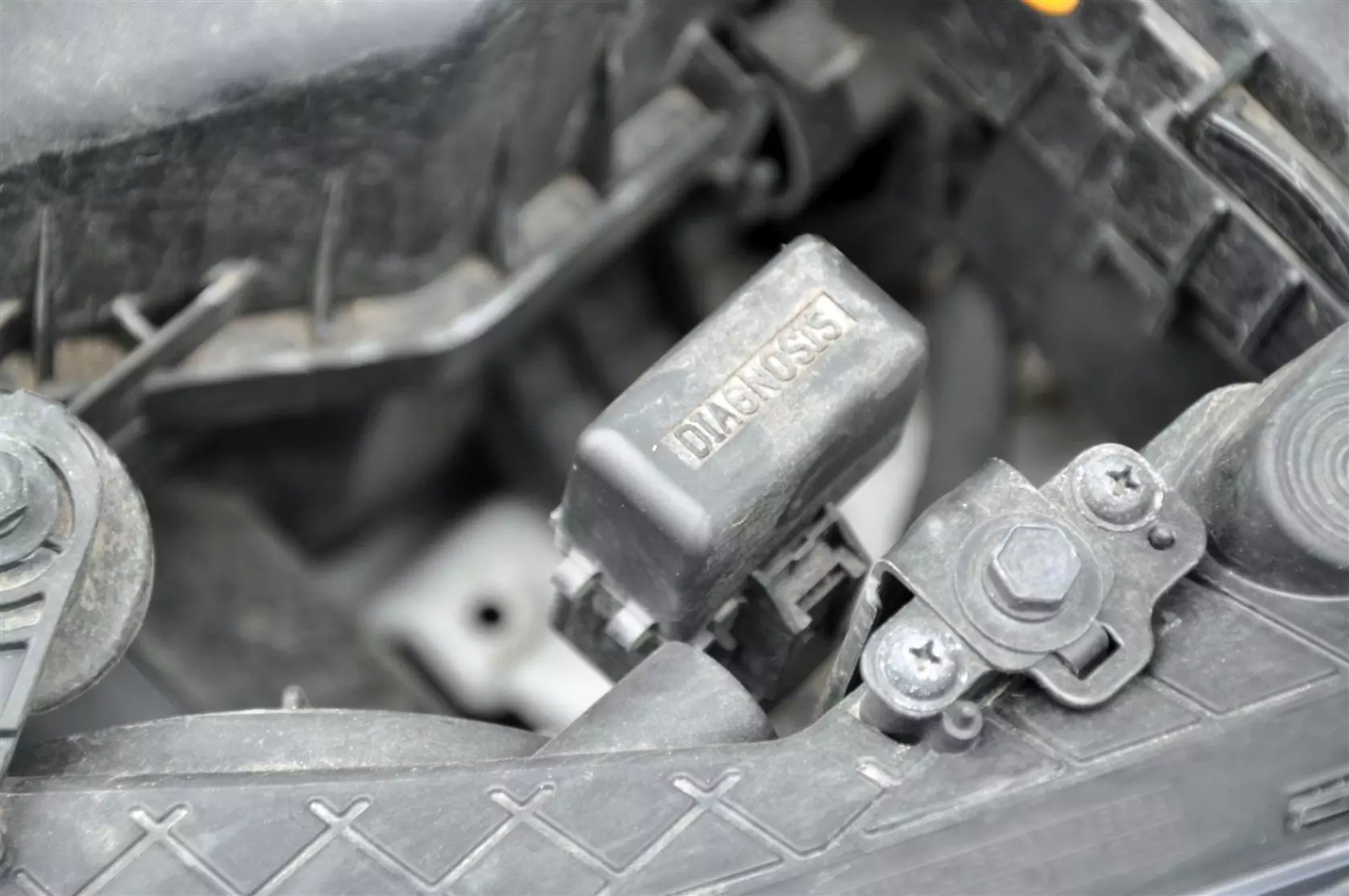 ... but luckily the diagnostic socket is in a much more accessible place
... but luckily the diagnostic socket is in a much more accessible place 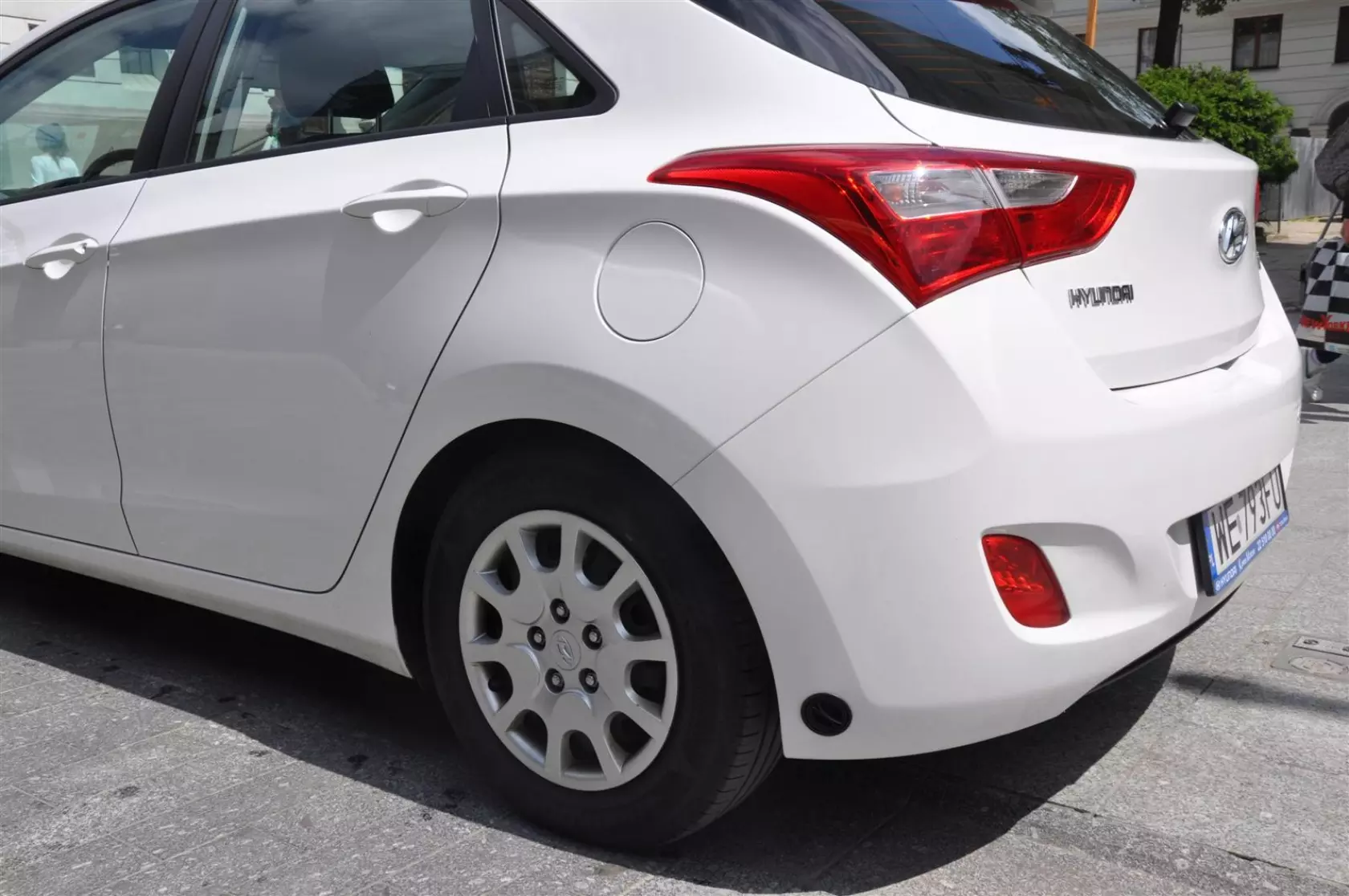 Placing the LPG refueling valve here eliminates the risk of corrosion, but requires crouching or kneeling
Placing the LPG refueling valve here eliminates the risk of corrosion, but requires crouching or kneeling 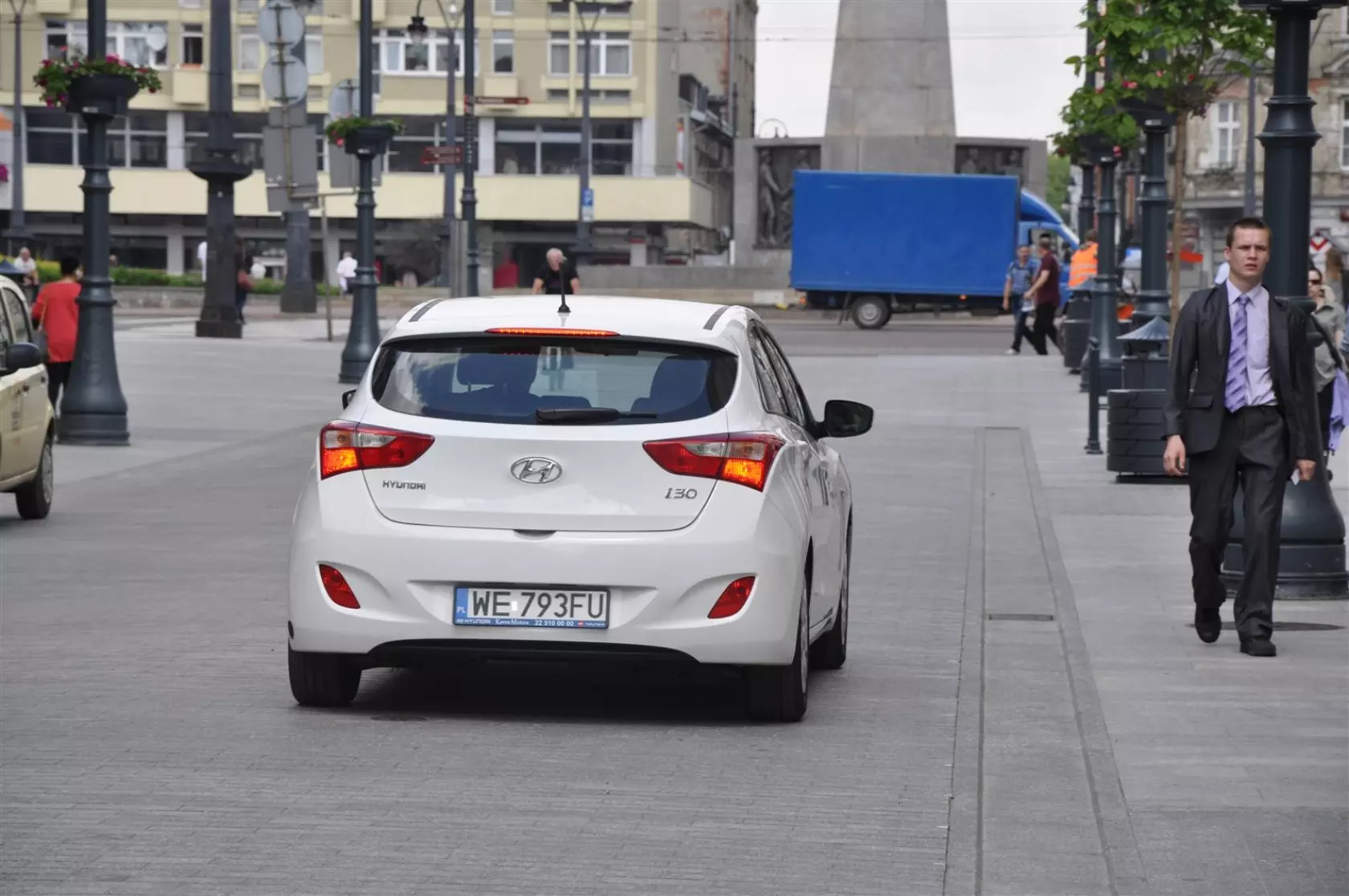 The i30 blends well into urban landscape...
The i30 blends well into urban landscape... 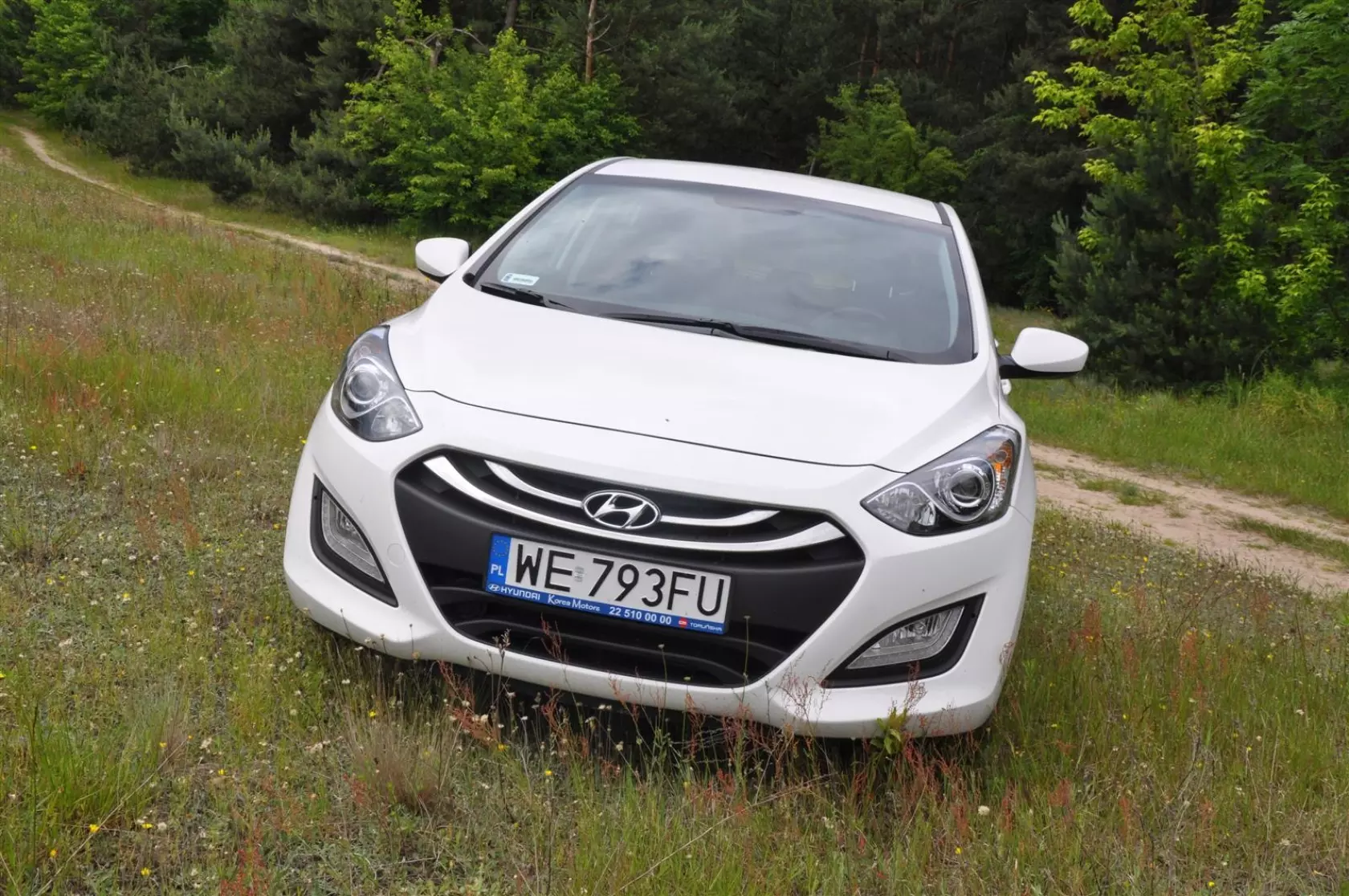 ... but doesn't look out of place "in the wild", either
... but doesn't look out of place "in the wild", either 






 © gazeo.comHyundai has developed their own distinct design language to make their cars stand out from the crowd
© gazeo.comHyundai has developed their own distinct design language to make their cars stand out from the crowdFirst things first, so let us explain why we're testing the i30 again (as you may or may not remember, we have tested one of them before). Well, since we focus on the autogas system rather than on the car as such, it's perfectly justifiable, because the hatchback features a completely different LPG injection system, which is in addition fitted to a different engine. Plus it's not an estate like the previous time. You may think the body style doesn't make any difference, but since there's an autogas tank inside or underneath the trunk, it kind of does, after all. But we'll come to that.
Meanwhile, let's have a look under the bonnet. There, instead of the 1,6-litre unit converted with an LPGTECH system, as seen on the previously tested i30 CW, we found a 1,4-litre unit with 100 PS and a BRC Sequent 24 autogas system. The conversion is a neat job, with good access to the components, especially that a diagnostic socket for connection with the ECU (itself hidden behind the battery) has been placed very conveniently on the "outskirts” of the engine bay. Should you consider the 1,4-litre unit's power too low, here's some good news – it actually generates 104 PS, and in LPG mode! Magic? No, we don't believe in that. The truth is that on petrol the surplus power is actually higher still at almost 9 PS. And so even despite the fact you lose 5 PS (along with 4 Nm of torque – from 128 to 124 Nm) when switching between petrol and LPG, you're still 4 PS ahead of what Hyundai promises. How cool is that? Plus, irrespective of the load or rev speed, the engine never needs a droplet of petrol once it switches over to autogas. And it switches over fairly quicky after start-up, too.
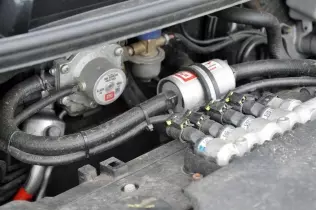 © gazeo.comThe three musketeers - reducer (with integrated liquid state LPG filter), gaseous state LPG filter and LPG injector rail
© gazeo.comThe three musketeers - reducer (with integrated liquid state LPG filter), gaseous state LPG filter and LPG injector railWhen taken for a spin, the i30 fails to impress with its performance (mainly due to the rather low torque) and if you want decent acceleration, you'll need to maintain high rev speeds, which is obviously reflected in poorer fuel economy. Of course, it's easier to accept thanks to LPG than it would be with petrol, but nonetheless it's worthwhile to tame the speed demon and boost your savings through driving gently, without unnecessary haste. Interestingly enough, the optimal gear shift "prompter”, unlike many similar systems on other cars, actually helps instead of annoying the driver. Once you decide to use its suggestions, be ready to say farewell to dynamics, but at least the engine doesn't seem to mind or beg for mercy – it doesn't protest through knock burning, so if you're keen on fighting for every drop of fuel, don't hesitate and use the clues. And when you do, how exactly does it affect fuel economy figures as displayed by the trip computer?
With a bit of self-restraint and good will, it's possible to achieve 6 l/100 km. Since not everybody has sufficient patience to drive hypereconomically, let's assume that average economy figures higher by approx. 1 litre per 100 km are more life-like. When driving on a highway, think 7,3-7,5 l/100 km, while in the city be ready for 8,5-9 l/100 km (lack of a start-stop system takes its toll). We're talking petrol here (the trip computer doesn't display autogas consumption), so add 1-1,5 l/100 km for LPG figures. With the 37,6-litre Stako torus tank full, we managed exactly 333,5 km of range (11,3 l/100 km), but we drove the car chiefly on highways and in the city, with a lot of time spent stuck in traffic. At lower speeds and with less congested traffic there is definitely room for improvement, but then again with LPG prices at roughly half the price of petrol many drivers will assume it doesn't make a difference.
Zobacz stronę producenta:
BRC
inside? Is the LPG refueling valve conveniently
located? And is the i30 a good car overall? Read on!
Left: 50%
You may also find these interesting:
 loading results...
loading results...
